Next Ford Lightning Won’t Arrive Until 2028 as EV Strategy Shifts originally appeared on Autoblog.
Even as Ford CEO Jim Farley prepares to reveal more about the automaker's new “affordable” EV strategy on Monday, August 11, the automaker is moving to delay replacements for two of its three current battery-electric vehicles.
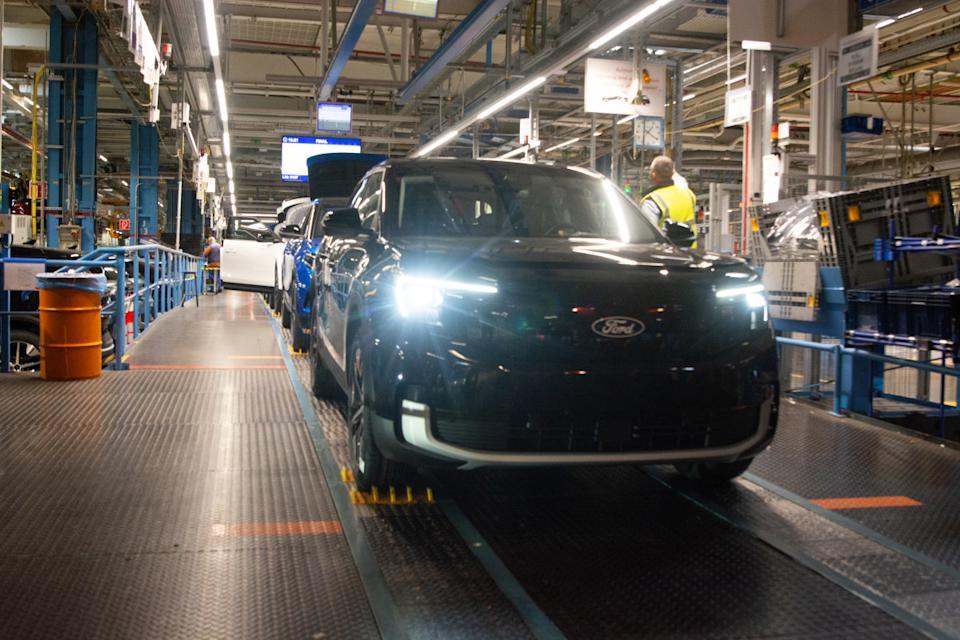
The F-150 Lightning pickup and E-Transit commercial van now won’t receive major updates until at least 2028, the automaker confirmed. Replacement models originally were planned to start rolling out as early as this year.
Separately, several sources told Autoblog that Ford is rethinking plans for the massive Blue Oval City manufacturing complex it’s setting up near Memphis, Tennessee. Originally planned to produce a next-generation Lightning and at least one other EV, Ford may retool the still-under-construction facility to roll out a mix of EVs and hybrid-electric vehicles.
Another Delay
Ford received a flood of advance orders when it first unveiled the F-150 Lightning in 2021, leading the automaker to substantially increase the production capacity at its then-new Ford Rouge Electric Vehicle Center in Dearborn, Michigan. But demand just as quickly settled back closer to the automaker’s original forecast – though it is now the best-selling all-electric pickup in the U.S., topping competitors such as the Tesla Cybertruck, Rivian R1T and Chevrolet Silverado EV.
Related: Every Electric Pickup Truck Ranked By 2025 Sales So Far
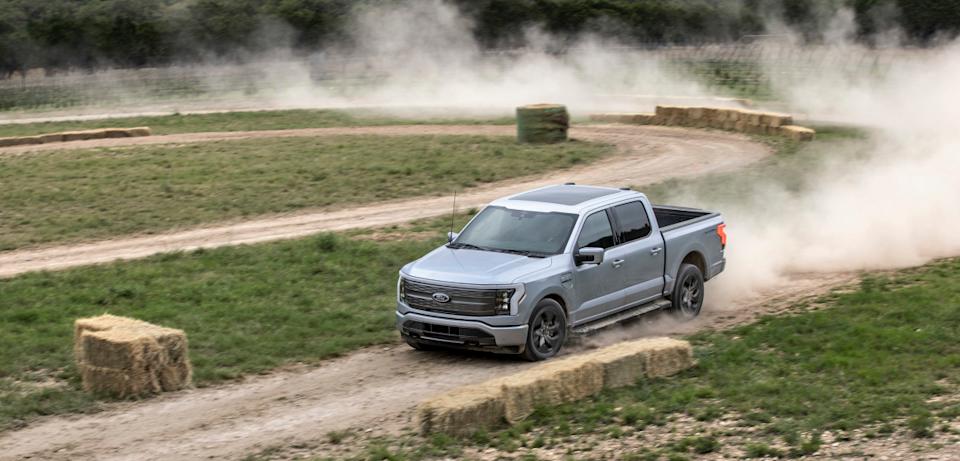
A next-generation Lightning, codenamed T3 was supposed to be built at Blue Oval City, production originally intended to start this year. The automaker has pushed that back several times, however, now setting a target date of 2028. The company has advised suppliers, according to a report first published by Automotive News – but now confirmed by a company statement. “We remain focused on delivering our Ford+ plan and will be nimble in adjusting our product launch timing to meet market needs and customer demand while targeting improved profitability,” it said.
As for the current version of the E-Transit van, Ford initially set a target for a new model to debut “mid-decade.” That has also been pushed back to 2028.
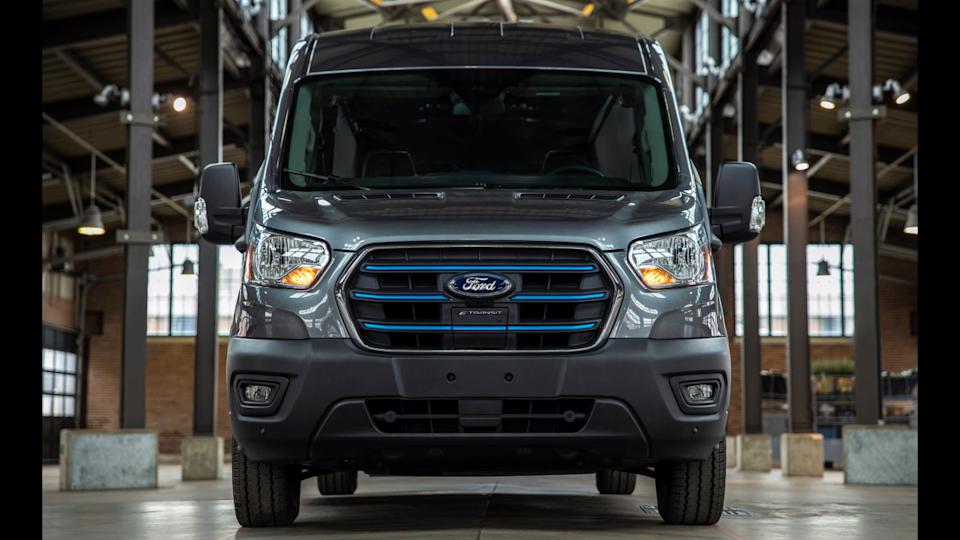
Starting Over
Those delays come at a time when Ford is all but starting over with its EV plans. Among other things, the automaker scrapped two all-electric 3-row SUVs, despite them being well along in the product development process.
Like several competitors, Farley and his team have determined that the best opportunities to make a dent in an EV market lately slowing down is to focus on “affordable,” rather than high-end product lines. “We think that that’s really what customers are going to want long term,” he said during a second-quarter earnings call last month.
Farly is expected to offer more insight into what that means during that August 11 briefing to be held at the automaker’s Louisville, Kentucky assembly plant. Ford clearly doesn’t want to be left behind as competitors like General Motors, Hyundai and others push into the low-$30,000 range or below with their own new entry models. The average transaction price for an EV sold in the U.S. was nearly twice that, around $57,000 in June, according to Kelley Blue Book. If anything, Farley has suggested his real focus is on Chinese automakers like Geeley and BYD which have pushed into the teens with some of their latest EVs, gaining significant market share in regions like Latin America and Europe, as well as in China.
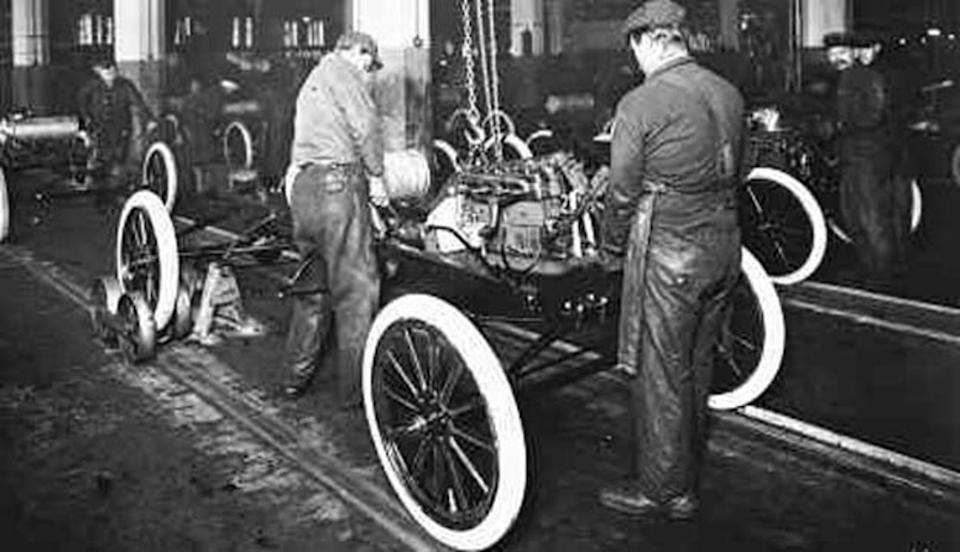
“A Model T Moment”
During the Ford earnings call, Farley suggested his company is readying “A Model T Moment,” referencing the original “Tin Lizzy” roadster that put the company on the map more than a century ago. To make that happen, the CEO last year set up a “skunkworks” product team moved out to Long Beach, California, a distance, he felt, that would allow it to work outside the established Ford order.
The first product to emerge from that project is expected to be a compact pickup, with a small SUV among other EVs in development. Farley recently hinted the products will be a “marvel of simplification,” and sources have hinted at new manufacturing processes that could yield significant cost reductions. That is likely to include the use of large-scale aluminum “gigacastings,” each replacing dozens of conventional steel part, possible a hundred or more. That’s already part of Tesla’s manufacturing process.
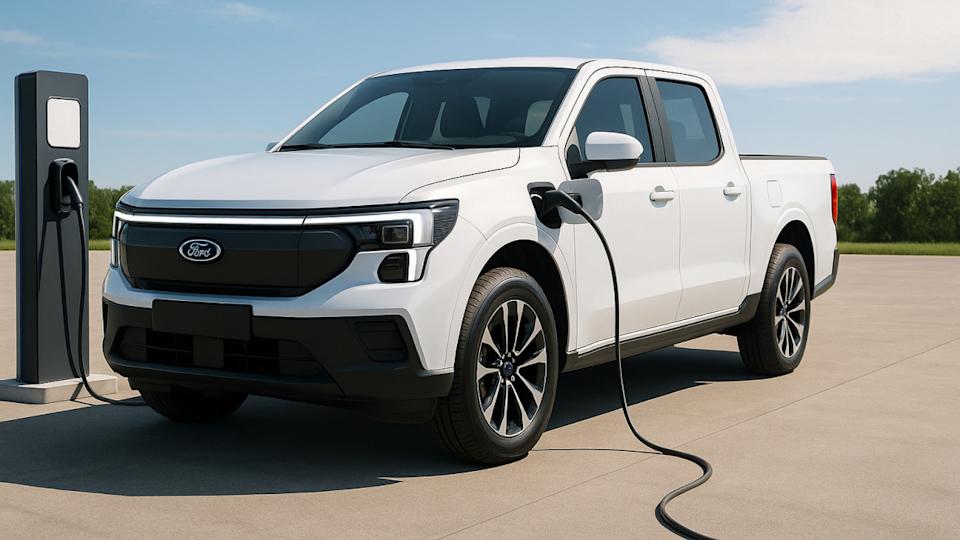
Rethinking Blue Oval City
When Ford announced its $5.6 billion Blue Oval City project, it was envisioned to be the largest manufacturing complex in the company’s history, at about 3,600 acres. There were also three battery plants intended to support the venture, one on the Tennessee campus, two others in nearby Kentucky. As of now, only one of these, in Kentucky, has an actual target date, set to open later this year.
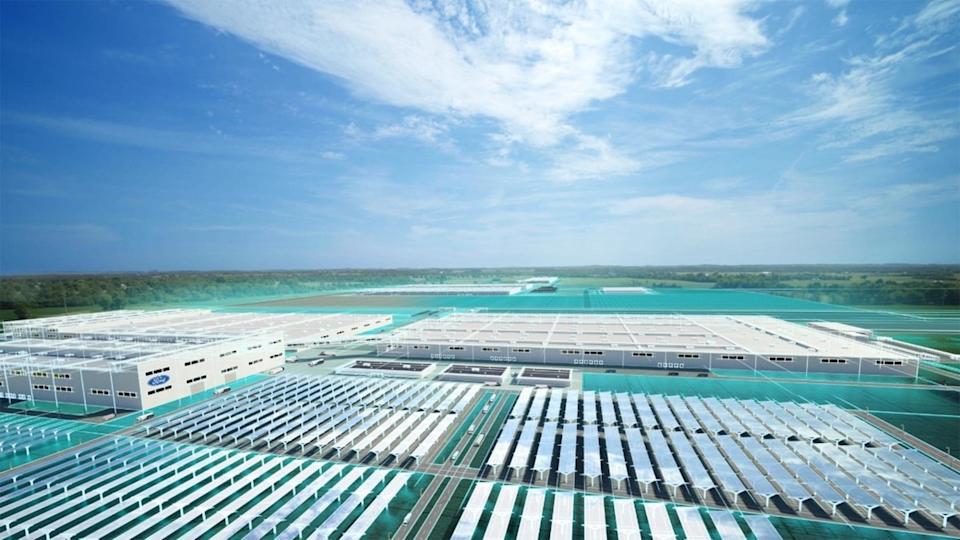
Work on Blue Oval City, in general, has been slowed down, no surprise with the delay planned for the next F-150 Lightning. But there are likely to be other changes in the manufacturing plans. Even were it to open in 2028, it would be an “underutilized facility for years unless they find some non-EV products to go in there,” Sam Fiorani, lead analyst with AutoForecast Solutions told Autoblog. “We’re hearing that possibility,” he added, with his own sources indicating Ford plans to retool Blue Oval City to handle “either hybrids or extended-range models,” possibly both, along with all-electric models. Several other sources confirmed that topic is under discussion within Ford.
The automaker wouldn’t be alone in taking that approach. Companies like Stellantis, BMW, Mercedes-Benz, Toyota and Honda have all adopted “multi-energy” strategies as EV sales slip, allowing them to flow with customer demand by offering various powertrain technologies off a single model. Dodge this past week revealed a gas-powered version of the Dodge Charger which will be offered alongside the all-electric Dodge Charger Daytona. For its part, The Hyundai Motor Group original set up its Georgia Metaplant solely for EV production. By the time it began operations late last year it was retooled to include hybrids and plug-in hybrids, a move meant to keep it operating profitably whatever buyers demand.
Next Ford Lightning Won’t Arrive Until 2028 as EV Strategy Shifts first appeared on Autoblog on Aug 9, 2025
This story was originally reported by Autoblog on Aug 9, 2025, where it first appeared.
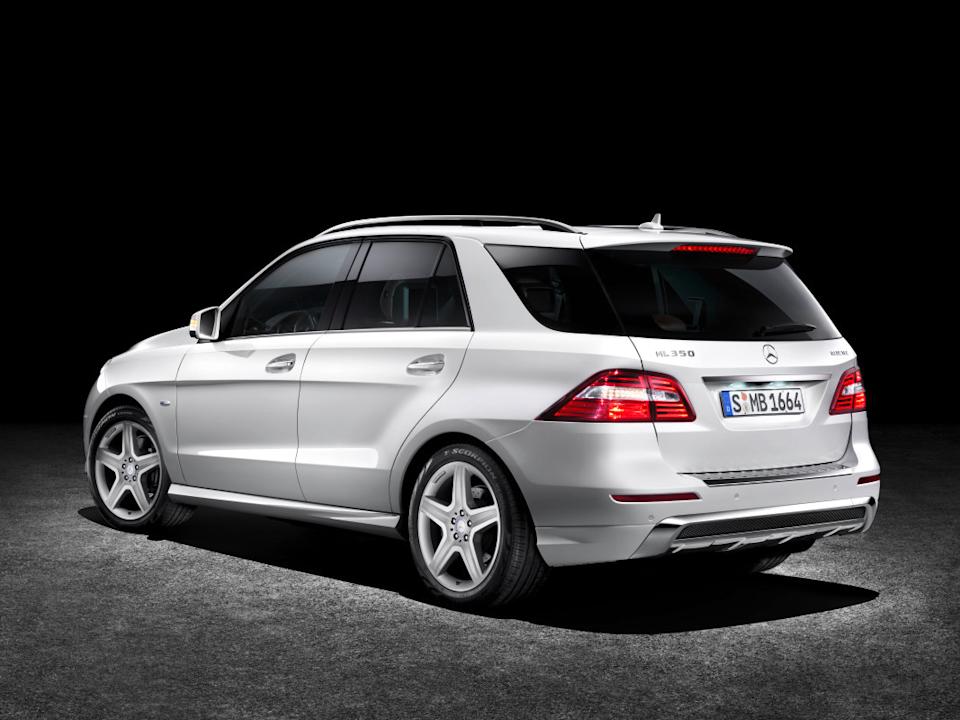
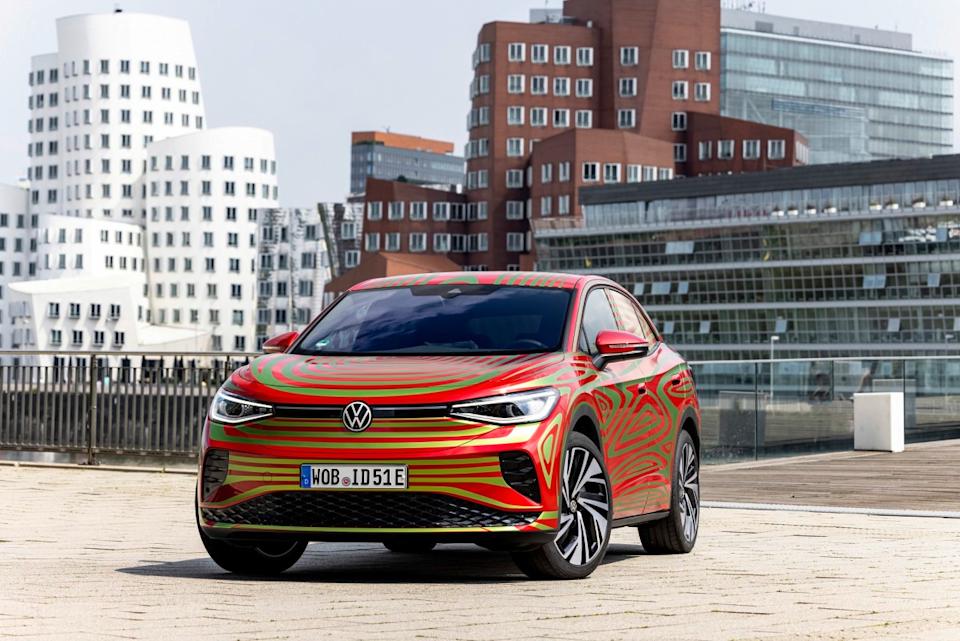

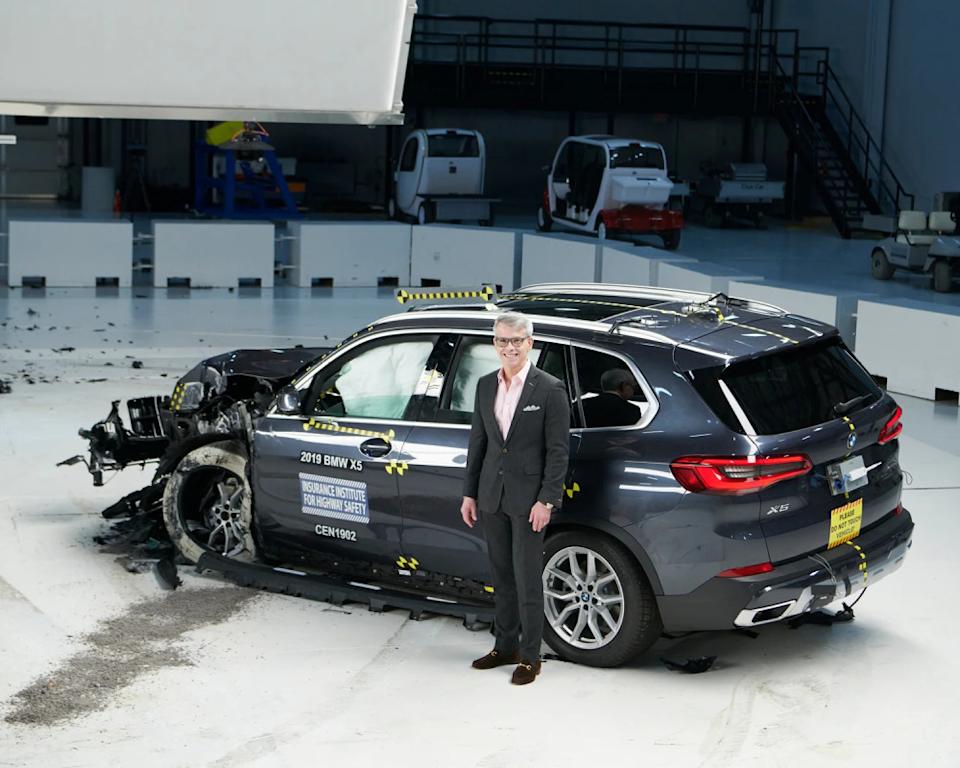
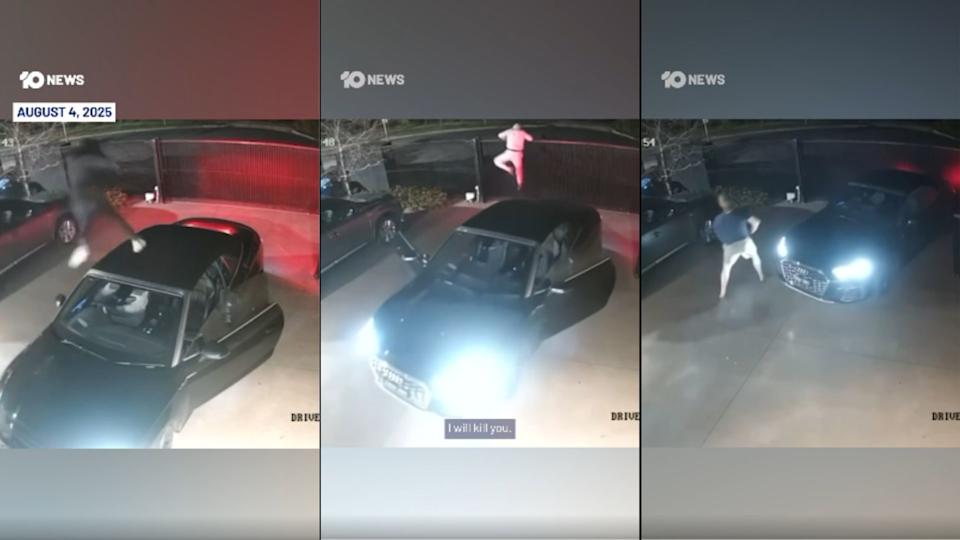

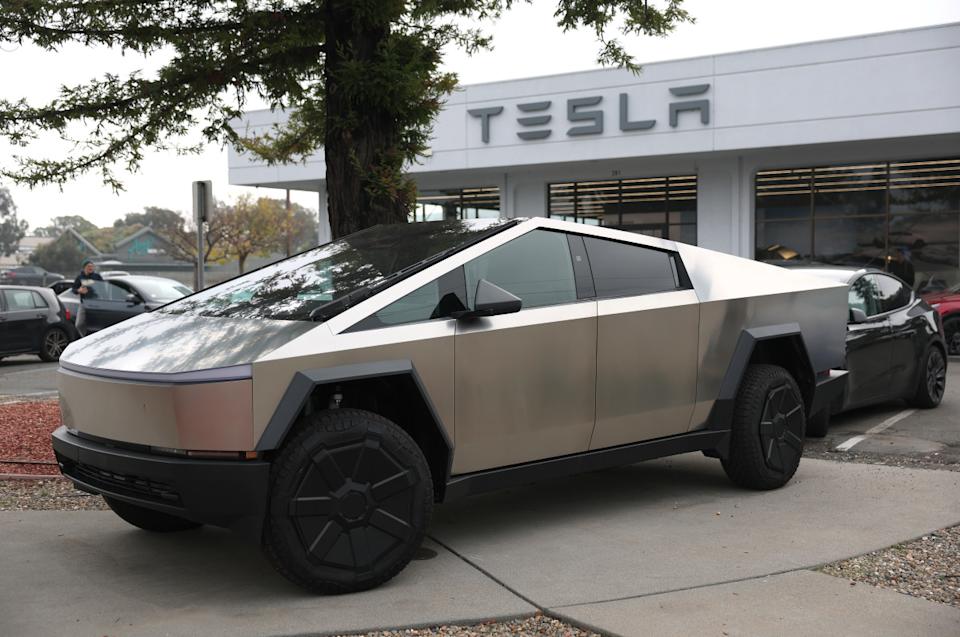
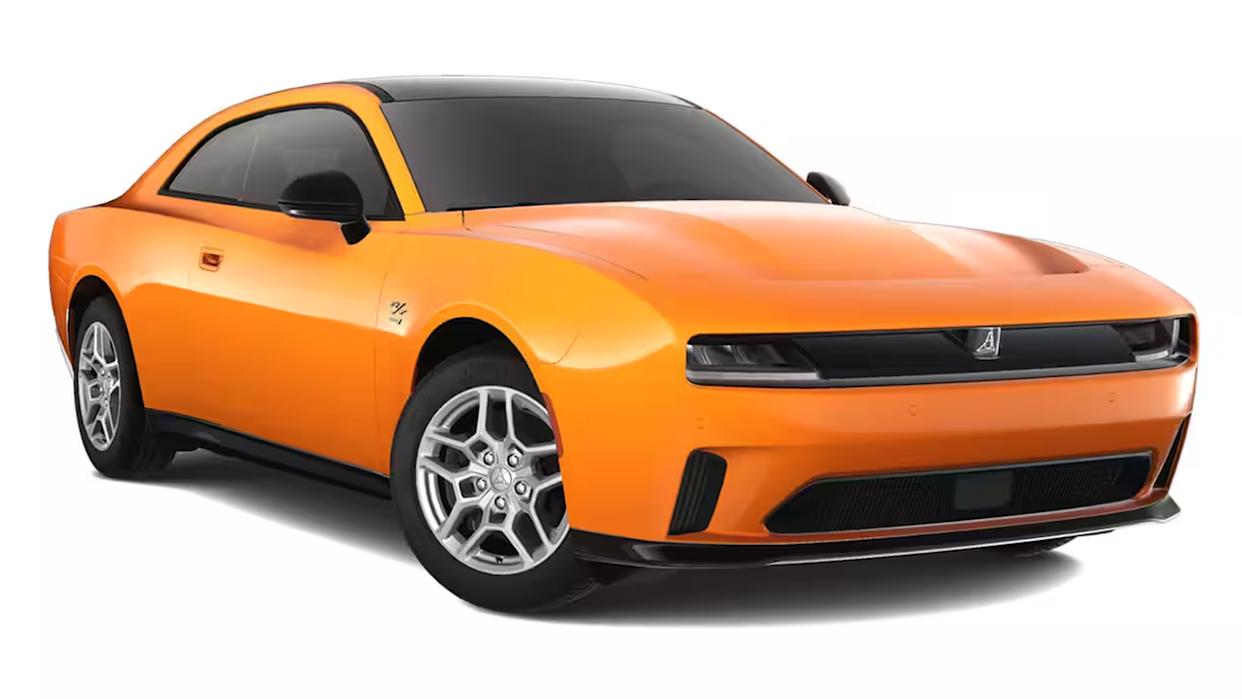
Comments